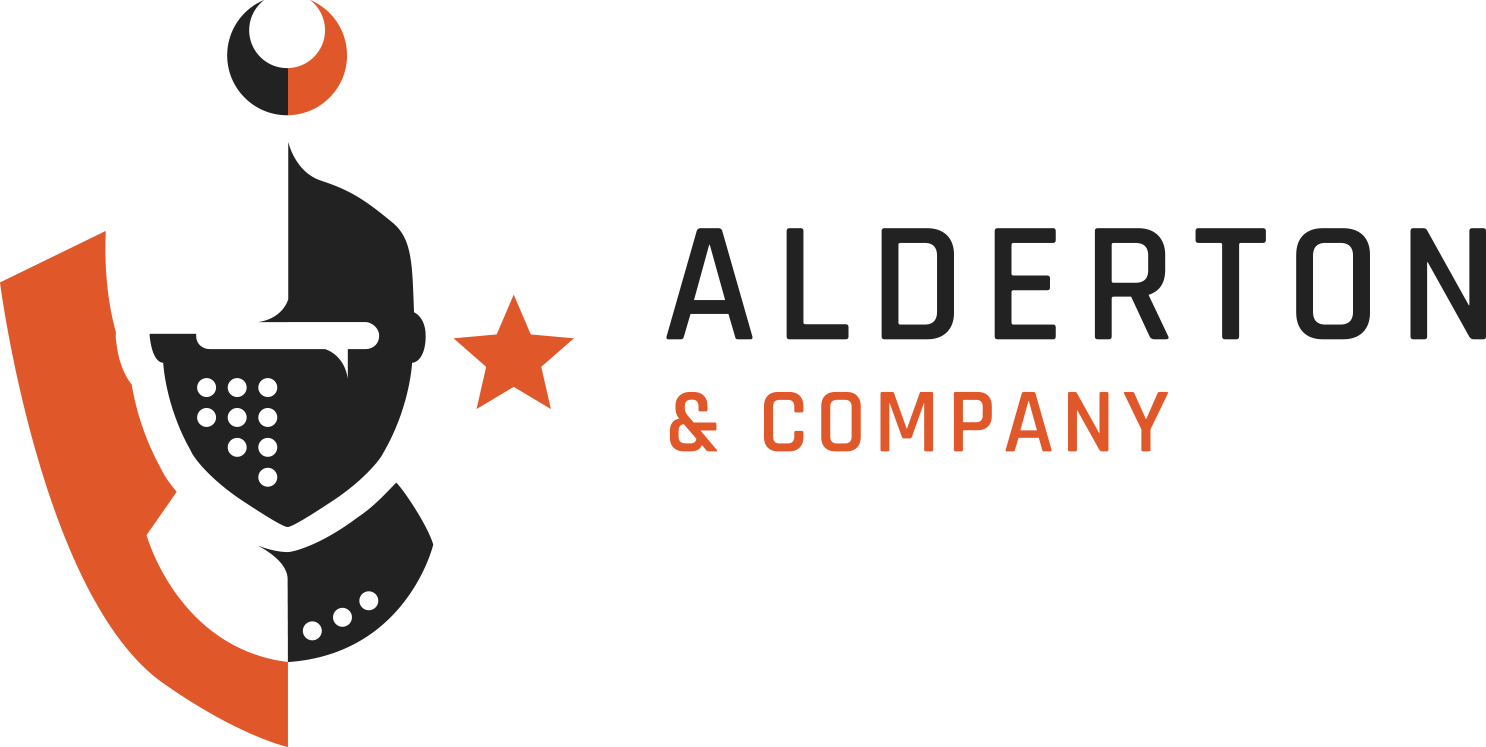
The Impact of Pricing on Profit Margin: A Strategic Approach
October 10, 2024Cost-Reduction Strategies for Small Businesses: A Comprehensive Guide


Small businesses face increasing pressure to reduce costs and improve profitability. Effective cost-reduction strategies can enhance financial performance, improve operational efficiency, and strengthen a company’s competitive position. This comprehensive guide will explore a variety of strategies that small businesses can implement to optimize their bottom line.
1. Operational Efficiency
- Process Optimization: Conduct a thorough review of business processes to identify areas for improvement. Streamline workflows, eliminate redundant tasks, and automate where possible to enhance efficiency and reduce costs. Consider using process mapping techniques to visualize your current processes and identify opportunities for improvement.
- Inventory Management: Implement effective inventory management techniques to minimize excess stock and reduce holding costs. This may involve using just-in-time inventory, ABC analysis, or advanced inventory management software.
- Energy Efficiency: Optimize energy consumption by investing in energy-efficient equipment, implementing energy-saving measures, and conducting regular energy audits. Consider using LED lighting, programmable thermostats, and energy-efficient appliances to reduce energy costs.
- Waste Reduction: Reduce waste throughout the organization by implementing waste reduction programs, recycling initiatives, and employee awareness campaigns. Consider implementing a waste audit to identify areas where waste can be reduced and implementing a waste management plan to divert waste from landfills.
2. Procurement and Supply Chain
- Supplier Optimization: Evaluate supplier relationships and negotiate more favorable terms. Consider consolidating suppliers to leverage greater buying power and reduce administrative costs. Implement supplier performance management systems to track supplier performance and identify areas for improvement.
- Supply Chain Analysis: Conduct a thorough analysis of your supply chain to identify potential cost-saving opportunities. Explore alternative sourcing options, optimize transportation routes, and implement lean supply chain principles. Consider using supply chain mapping tools to visualize your supply chain and identify areas for improvement.
- Strategic Sourcing: Develop a strategic sourcing approach to ensure you are obtaining the best value for your procurement needs. This may involve using reverse auctions, competitive bidding, or strategic partnerships. Consider implementing a supplier code of conduct to ensure that your suppliers adhere to ethical standards.
3. Human Resources
- Payroll Optimization: Review payroll expenses to identify areas for cost reduction. Consider implementing variable pay structures, reducing overtime hours, or optimizing benefits packages. Implement a payroll audit to identify errors and inefficiencies in your payroll processes.
- Talent Management: Invest in employee development and retention to reduce turnover costs and improve productivity. Implement performance management systems and offer competitive compensation and benefits. Consider using employee engagement surveys to gather feedback and identify areas for improvement.
- Outsourcing: Evaluate non-core functions to determine if outsourcing can be a cost-effective option. Consider factors such as cost savings, expertise, and risk management. Develop a clear outsourcing strategy and carefully select outsourcing partners.
4. Technology
- Technology Assessment: Conduct a thorough assessment of your technology infrastructure to identify opportunities for cost reduction. Consider upgrading to more efficient systems, consolidating software licenses, or exploring cloud-based solutions. Implement a technology roadmap to plan for future technology investments and avoid unnecessary costs.
- Data Analytics: Leverage data analytics to gain insights into your operations and identify areas for cost improvement. Use data-driven decision-making to optimize resource allocation and reduce waste. Consider using business intelligence tools to analyze your data and extract valuable insights.
5. Marketing and Sales
- Marketing Efficiency: Evaluate the effectiveness of your marketing campaigns and identify areas for improvement. Focus on digital marketing channels that offer a higher return on investment. Consider using marketing automation tools to streamline your marketing efforts and reduce costs.
- Sales Optimization: Streamline your sales processes and implement CRM software to improve efficiency and reduce costs associated with sales activities. Consider using sales enablement tools to provide your sales team with the resources they need to be successful.
- Customer Retention: Invest in customer retention strategies to reduce customer acquisition costs and improve profitability. Foster strong customer relationships through excellent service and loyalty programs. Consider implementing a customer loyalty program to reward repeat customers and encourage referrals.
Conclusion
Implementing effective cost-reduction strategies is essential for small businesses to remain competitive and profitable. By carefully evaluating your operations, procurement, human resources, technology, and marketing efforts, you can identify opportunities to optimize costs and enhance your bottom line. A well-executed cost-reduction plan can improve financial performance, increase efficiency, and strengthen your company’s long-term sustainability.



